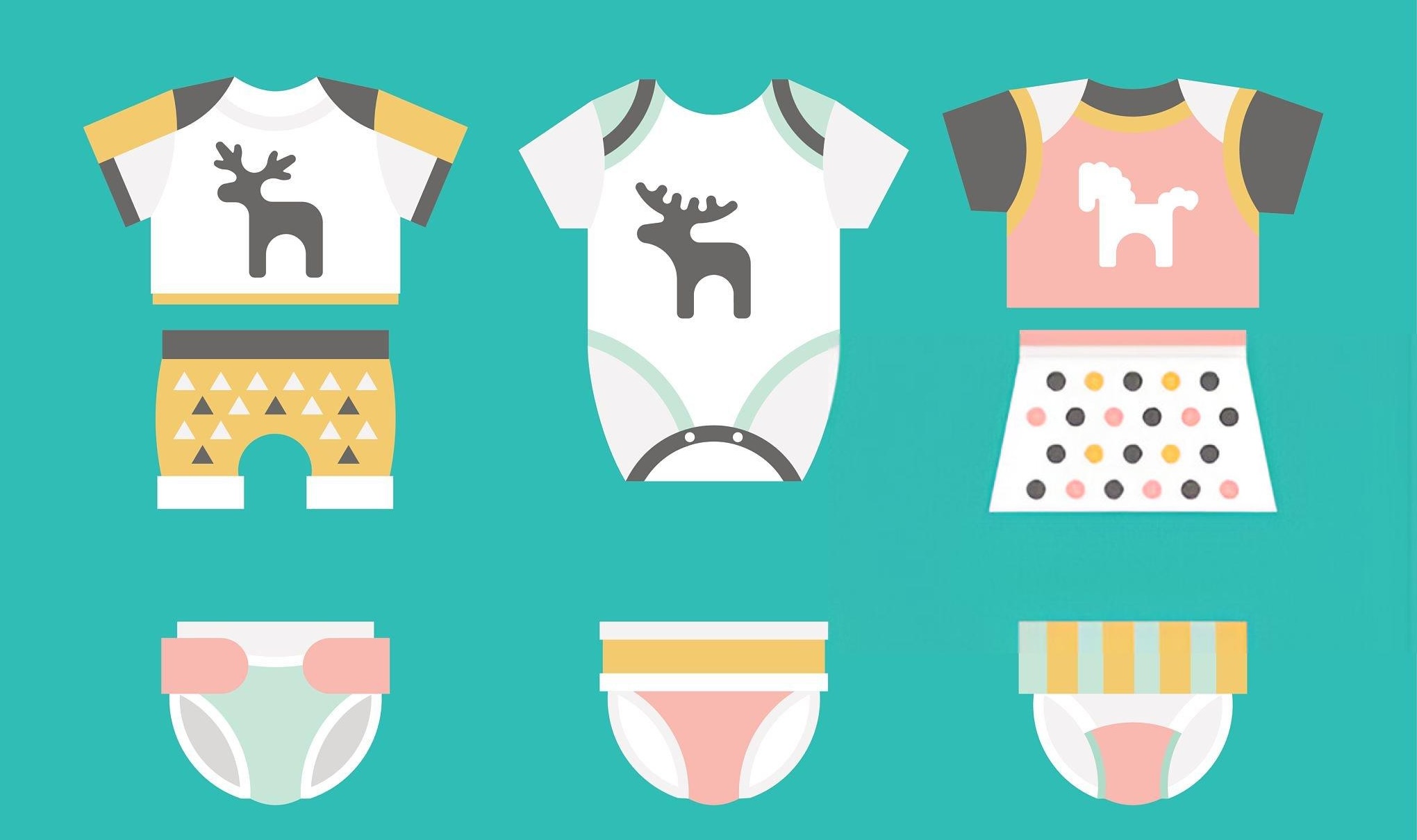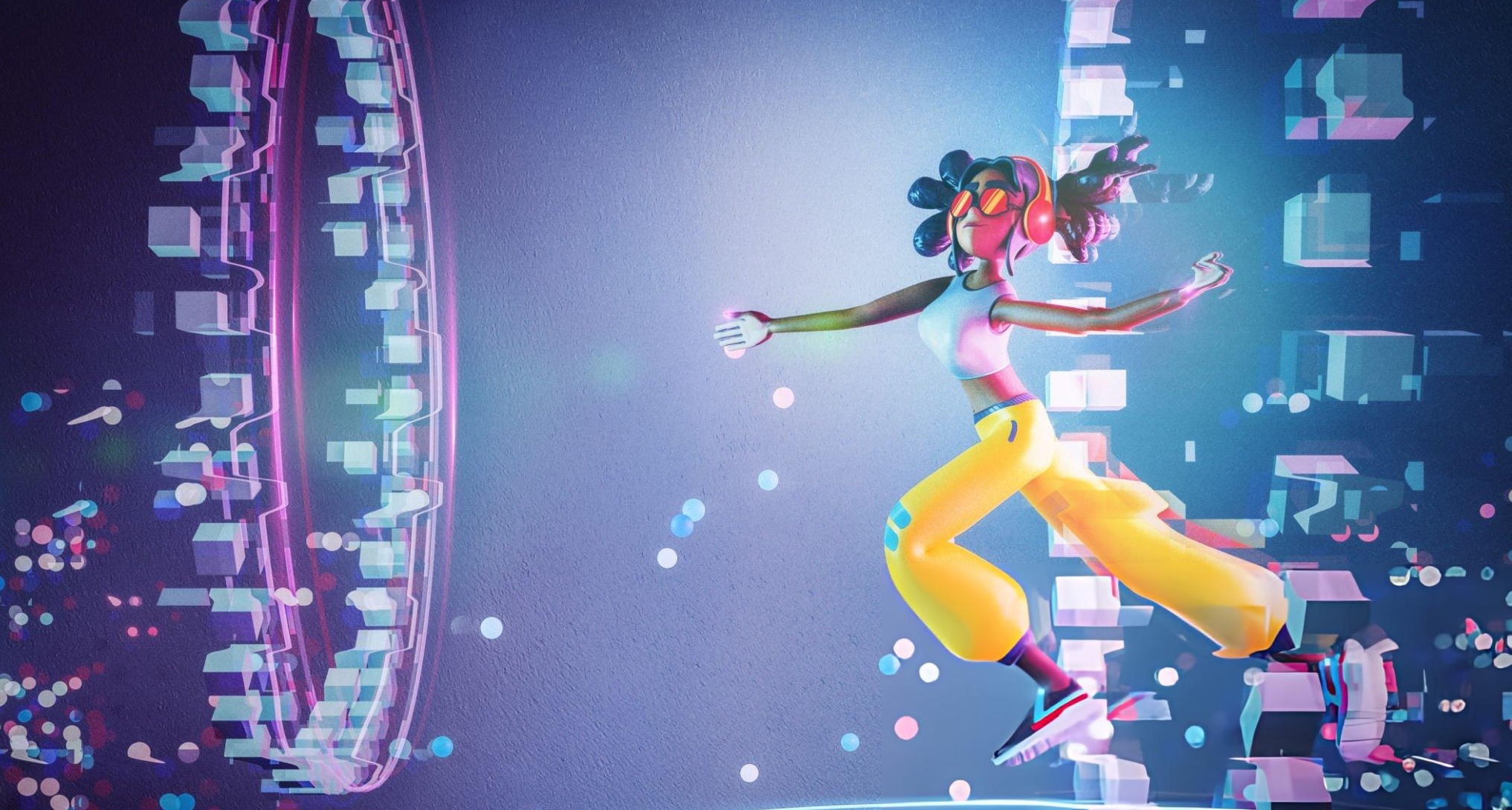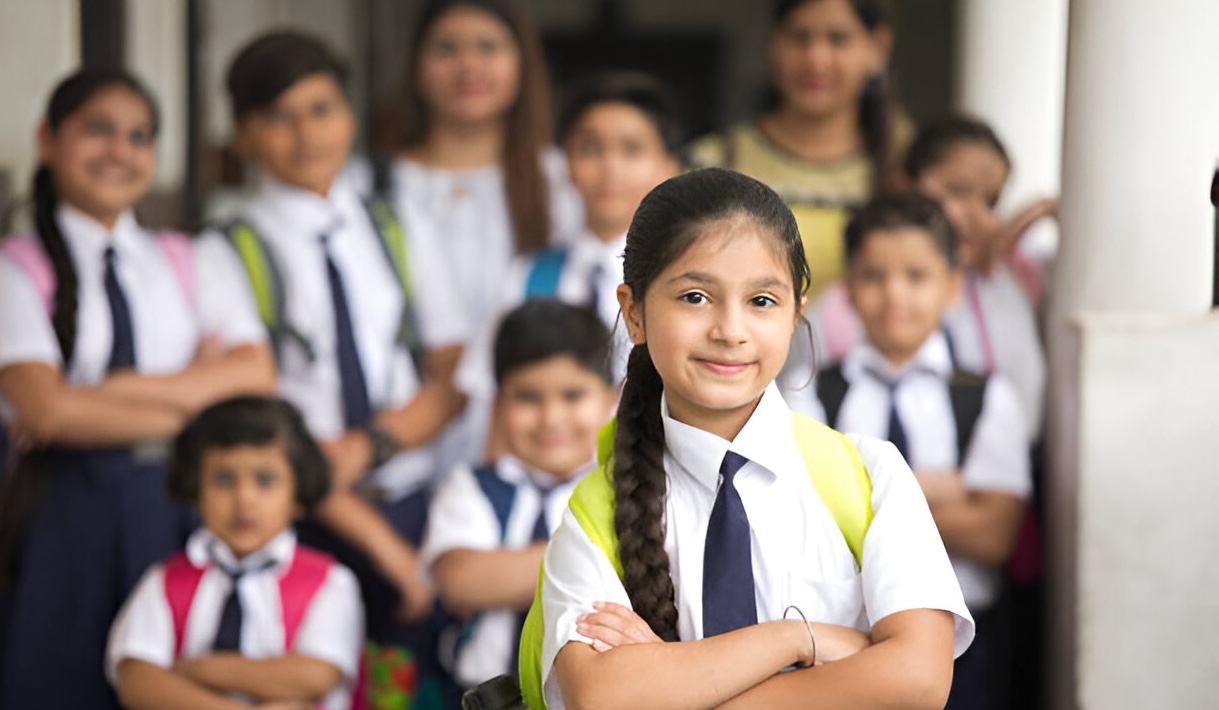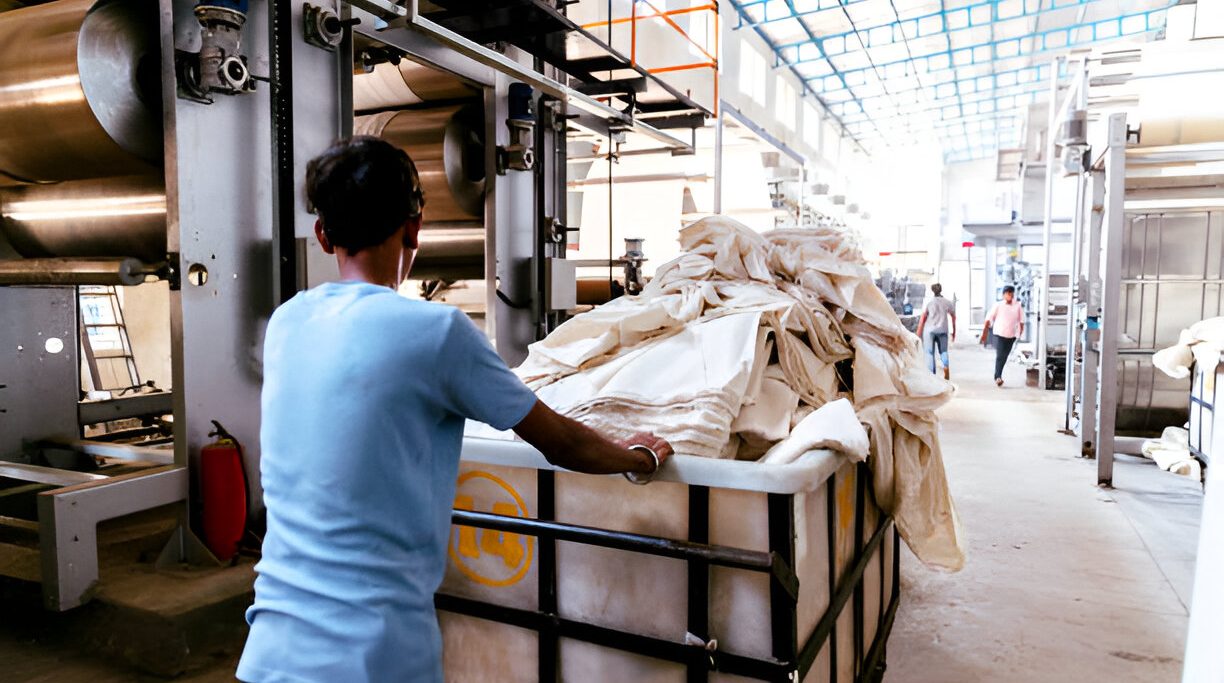In the vibrant world of kids clothing manufacturing, one truth stands out: colour is king. Whether it’s a neon dinosaur T-shirt or a pastel unicorn onesie, prints bring children’s apparel to life.
Behind these cheerful designs lies an important manufacturing decision — reactive printing vs pigment printing. This choice affects fabric feel, wash durability, production costs, and sustainability — all critical when producing high-quality kidswear that meets both comfort and compliance standards.
If you’re in the business of kids clothing manufacturing or sourcing prints for children’s garments, here’s what you need to know.
1. The Chemistry Behind Prints in Kidswear
In kids garment production, printing technology matters because it impacts both product quality and customer satisfaction.
- Reactive Printing – The dye reacts chemically with the fibers (especially cotton), creating a permanent bond. Colours become part of the fabric itself, making them rich, vibrant, and long-lasting.
- Pigment Printing – The colour sits on top of the fabric, held by a binder. It works on a wider range of fabrics, including blends and synthetics, and offers faster production.
2. Which Print Method Wins in Colour Vibrancy?
In a market where parents love bright, playful kidswear designs, colour intensity matters.
- Reactive Prints – Deliver deep, saturated hues that remain vivid after many washes. Perfect for premium kids clothing lines and everyday basics.
- Pigment Prints – Slightly more muted but ideal for seasonal or trendy prints where quick turnaround is needed.
3. Fabric Feel & Comfort — A Key Factor in Kids Clothing
In children’s clothing manufacturing, comfort is non-negotiable.
- Reactive Prints – Maintain the softness of cotton since the dye bonds into the fibers. Ideal for babywear, kids pyjamas, and sensitive-skin fabrics.
- Pigment Prints – Can feel slightly stiffer in large print areas, but modern techniques and softeners have improved the feel significantly.
4. Wash Durability for Kidswear
Parents want kids clothes that survive countless spills, stains, and washes.
- Reactive Printing – Highly resistant to fading, making it perfect for school uniforms, playwear, and other high-use items.
- Pigment Printing – May fade or crack faster, but works well for fashion-focused kidswear not intended for heavy daily use.
5. Sustainability in Kids Clothing Manufacturing
Eco-conscious parents are increasingly looking for sustainable kidswear brands.
- Reactive Printing – Uses more water and energy due to steaming and washing steps.
- Pigment Printing – More eco-friendly, with lower water consumption and faster turnaround.
6. Choosing the Right Printing Method for Your Kidswear Line
- Use Reactive Printing for long-lasting basics, premium collections, and babywear.
- Use Pigment Printing for seasonal styles, cost-effective runs, and quick fashion drops.
- Many kidswear manufacturers blend both methods for efficiency and variety.
Final Stitch: Making Colour Work in Kids Clothing Manufacturing
When producing kids clothing, print choice isn’t just about colour — it’s about comfort, durability, compliance, and brand positioning. Reactive prints offer unmatched softness and colour fastness for premium lines, while pigment prints deliver speed and versatility for trend-driven collections.
By understanding the strengths of each, kidswear brands and manufacturers can balance creativity, quality, and cost — giving every garment the perfect splash of colour.



